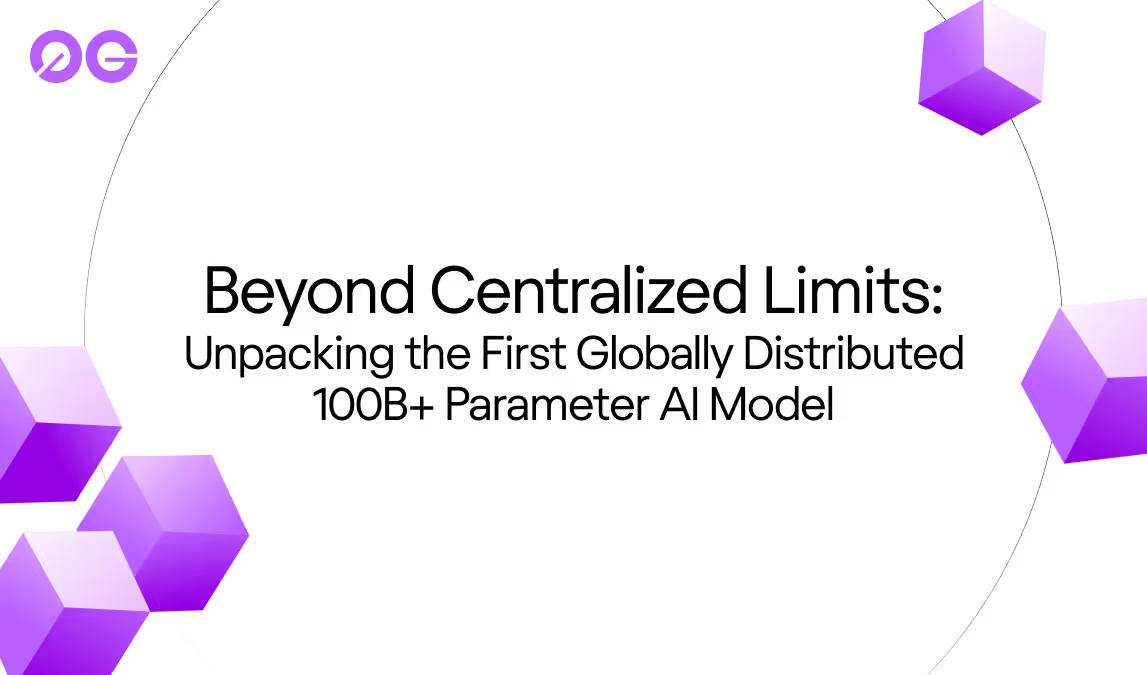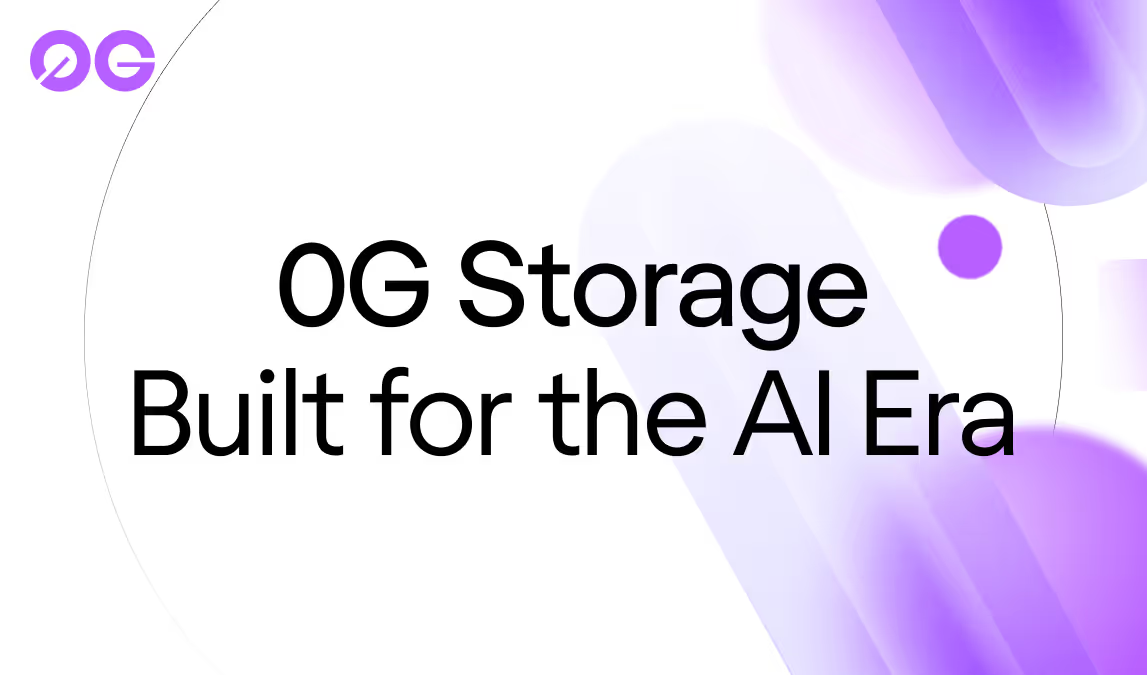

High-Frequency DeFi on 0G: Redefining Speed and Efficiency
In High-Frequency Trading (HFT), milliseconds count. But unfortunately, with decentralized finance (DeFi) operating fully on-chain there are associated tradeoffs when it comes to latency, cost, and security. For example, HFT requires dealing with a very high volume of data and trade requests in real-time, which is challenging for existing blockchain architectures.
0G’s Data Availability (DA) layer is extremely performant and can support HFT amongst a wide range of other use cases. This is especially critical for Layer 2 or Layer 3 networks who can use 0G as their data availability layer to support any high-performance needs.
Latency
Layer 2 networks are much faster than Ethereum but still face latency delays that make HFT challenging. For example, Polygon’s average block speed is 2.1 seconds whereas in Web2 transactions occur within milliseconds. One reason for this is is that on-chain transactions require consensus amongst multiple nodes.
Cost
Ethereum’s high gas fees make it infeasible for any on-chain needs that require many transactions. Even Layer 2 networks have gas fees that add up quickly, meaning that something like HFT would quickly have costs far in excess of traditional Web2 financial infrastructure.
Security
Web2 HFT rely upon centralized databases which are opaque but often secure. Relying upon Web3 means that the system is transparent, but we must ensure the security of each trade and the underlying smart contracts. Smart contract vulnerabilities and network attacks can lead to significant financial losses, so the need for robust, verifiable security measures cannot be overstated.
0G’s Technological Innovations
Innovation #1: 0G’s Data Availability Layer - The Superhighway for Data
0G’s DA Layer decouples the data publishing process from transaction consensus mechanisms. This dual-lane approach involves:
- Data Publishing Lane: Designed for real-time data access, this lane minimizes latency by maintaining a dedicated pathway for critical data. Transactions bypass the slow sequential processing found in traditional chains.
- Data Storage Lane: Ensures that large volumes of data are efficiently managed and retrievable, significantly reducing the overhead on network nodes. This lane employs partitioned storage networks for horizontal scalability.
Innovation #2: GPU-Accelerated Erasure Coding for Unmatched Throughput and Low Latency
Thanks to 0G’s advanced architecture, the DA Layer can process data at up to 50 GB/sec, a vast improvement over Ethereum's Layer 1. This high throughput is achieved using GPU-accelerated erasure coding and efficient data management, allowing for near-instantaneous transaction validation.
Innovation #3: Reward-Based Storage Mechanism - Cost Efficiency
In addition to the efficient erasure coding that lowers the cost of redundant data storage, 0G incentivizes nodes for both storing and retrieving data. Nodes earn rewards, encouraging consistent network participation without requiring excessive transaction fees.
Innovation #4: Horizontal Scaling and Modularity
Core to 0G’s breakthrough innovation lies in its ability to scale horizontally, meaning it can handle increasing transaction volumes by simply adding more partitioned storage units. Its modular architecture and robust cross-blockchain consensus mechanisms allow seamless integration with existing DeFi protocols, enabling expansive network growth without compromising performance or security.
Innovation #5: VRF’s and Ensured Security
0G leverages Verifiable Random Functions (VRFs) to randomly select nodes for data availability purposes. This means that a random quorum of nodes communicate with 0G’s consensus network to agree on data availability, with the randomness aspect ensuring data integrity by preventing sybil attacks or other forms of manipulation and collusion. Without a VRF, it could be possible for nodes to predict their participation in consensus and potentially collude.
Real-World Implications: 0G in Action
A DEX (Decentralized Exchange) integrating 0G could incorporate high-frequency trading strategies which were previously hindered by on-chain latency and costs. With reduced transaction times, minimized fees, and enhanced security measures, traders experience seamless operations. Market inefficiencies can be capitalized on in real time, leading to increased liquidity and higher user engagement.
Looking Ahead: The Future with 0G
Innovation on the Horizon
Beyond HFT, 0G’s scalable infrastructure can power other high-demand applications like on-chain gaming, AI-driven financial models, and large-scale data analytics. This flexibility opens up new horizons for using blockchain technology to drive innovation across sectors.
This is especially relevant for Layer 2 or Layer 3 networks who can leverage 0G as both a data availability and data storage solution.
0G’s partitioned storage network, optimizing consensus algorithms, and modular architecture all support highly-performant use cases such as HFT and represents a step forward for the industry.
Ready to elevate your DeFi projects? Visit our website, join our community on Twitter, Telegram, and Discord, and let’s ride the 0G wave together!






